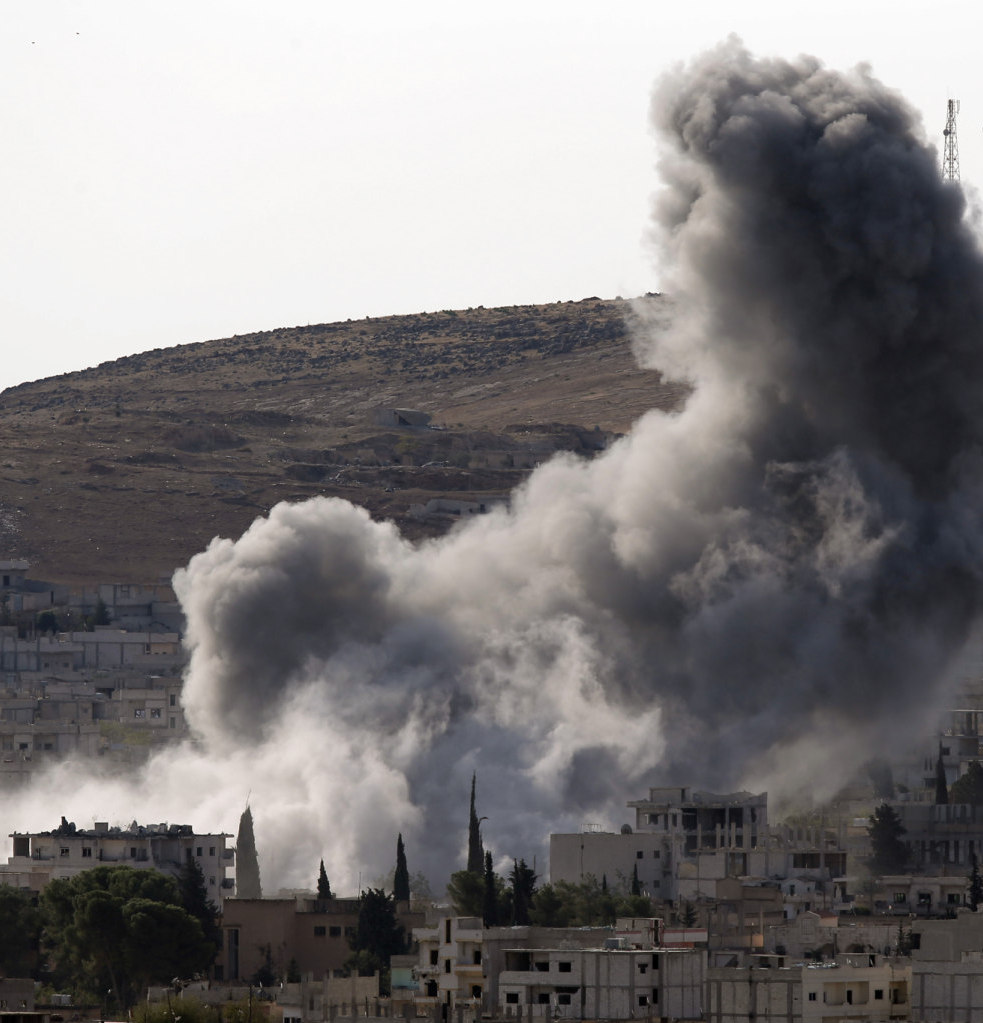U.S.-led coalition slams new IS targets in Syria, Iraq
U.S. war planes struck more than two dozen times in Syria and Iraq on Friday and Saturday, hitting Islamic State jihadists and oil infrastructure they control. Of 15 air strikes in Syria, 12 were aimed at “degrading and destroying their oil producing, collecting, storage and transportation infrastructure,” the U.S. Central Command said in a statement. Ten Syrian civilians were killed in the airstrikes. The jihadists control a swath of territory straddling northwestern Iraq and eastern Syria, home to most of Syria’s main oilfields. Experts say the jihadists were earning as much as $3.4 million daily from oil before the coalition began launching strikes on Syria, building on the air war under way against IS in Iraq since August 8.
This isn’t going to get solved through 18 airstrikes around a particular town in a particular place in Syria. It’s going to take a long time.
Pentagon press secretary, Rear Adm. John Kirby
While hammering the jihadists daily from the air, the U.S. military is talking of a years-long effort — one that will require more than aerial bombardment, will show results only gradually and may eventually call for a more aggressive use of U.S. military advisers in Iraq. As of Thursday the U.S. had launched nearly 300 airstrikes in Iraq and nearly 200 in Syria, and allies had tallied fewer than 100, according to Central Command. Those figures don’t capture the full scope of the effort because many airstrikes launch multiple bombs on multiple targets. Central Command said that as of Wednesday, U.S. and partner-nation air forces had dropped nearly 1,400 munitions.

Middle East Islamic State airstrikes